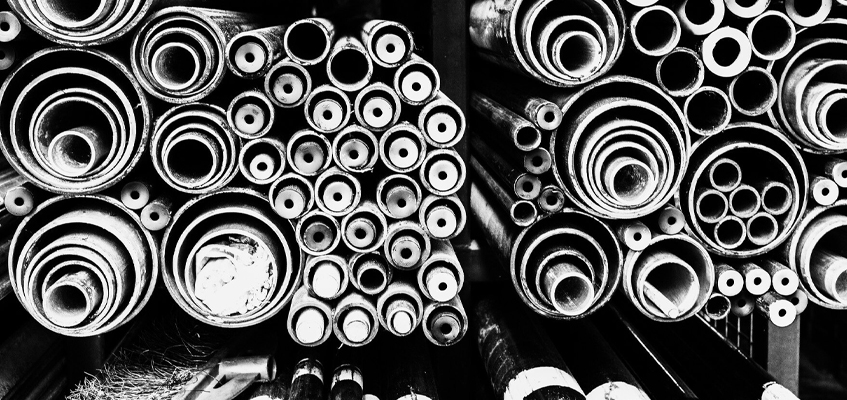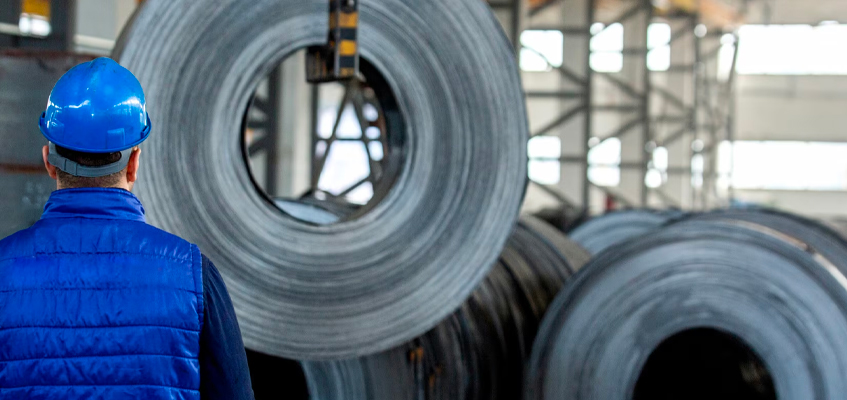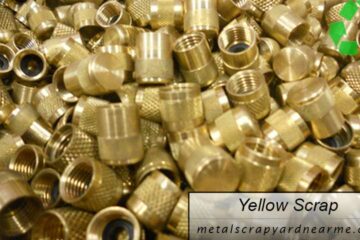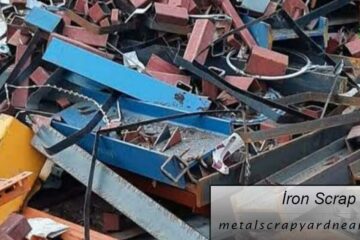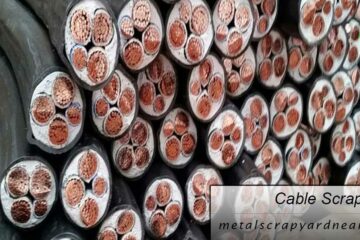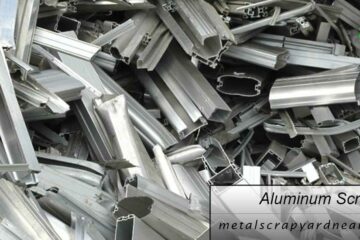Scrap steel recycling involves a series of processes that transform discarded steel items into reusable material. The recycling of scrap steel is an essential practice to conserve resources, reduce energy consumption, and minimize environmental impact.
Overview of the typical steps involved in the recycling of scrap steel:
Scrap steel is collected from various sources, including demolition sites, manufacturing facilities, and end-of-life products. Common sources of scrap steel include old cars, appliances, construction materials, and industrial machinery.
Once collected, the scrap steel is transported to recycling facilities where it undergoes sorting and separation. The goal is to separate different types of steel and remove contaminants. Magnets and other mechanical processes are often used to segregate ferrous (iron-containing) from non-ferrous materials.
After sorting, the scrap steel is shredded into smaller pieces. Shredding increases the surface area of the material, making it easier to handle in subsequent processing steps.
The shredded scrap steel is then melted in a furnace. The melting process typically occurs in an electric arc furnace (EAF) or a basic oxygen furnace (BOF), depending on the type of steel being produced. EAFs are commonly used for recycling scrap steel.
The molten steel is purified to remove impurities and achieve the desired chemical composition. This may involve the addition of alloying elements to produce specific grades of steel.
Once purified, the molten steel is cast into semi-finished products such as billets, blooms, or slabs. These semi-finished products will be further processed into final steel products.
The semi-finished steel products are then rolled and formed into the final shapes and dimensions required for specific applications. This can include the production of sheets, coils, bars, rods, and other steel products.
In some cases, the recycled steel may undergo a coating process to enhance its corrosion resistance or provide specific properties for certain applications. Common coatings include galvanizing (applying a layer of zinc) or other surface treatments.
The recycled steel products are distributed to manufacturers for use in various industries. Recycled steel can be used in construction, automotive manufacturing, appliances, packaging, and a wide range of other applications.
The entire process of recycling scrap steel helps save energy, reduce greenhouse gas emissions, and conserve natural resources. It also reduces the need for the extraction of raw iron ore and other materials, contributing to the sustainability of the steel industry. The recycling of steel is an integral part of the circular economy, where materials are reused and recycled to minimize waste and environmental impact.
Can steel be 100% recycled?
Yes, steel is a highly recyclable material, and it can be recycled repeatedly without a significant loss of quality. In fact, steel is one of the most recycled materials in the world, and the recycling process for steel is well-established and efficient. The recycling of steel is an integral part of the circular economy, contributing to sustainability and resource conservation.
Key points about steel recycling include:
Steel is a ferrous metal, and its inherent properties allow it to be recycled indefinitely without compromising its structural integrity or performance.
Recycling steel requires less energy compared to the production of steel from raw materials (iron ore). The energy savings associated with steel recycling contribute to a reduction in greenhouse gas emissions and conservation of natural resources.
The recycling of steel helps reduce the environmental impact associated with mining, ore extraction, and the production of primary steel. It also helps mitigate the impact of landfilling steel products.
Recycled steel can be used to manufacture a wide range of products, from construction materials and automotive components to appliances and packaging. This closed recycling loop ensures that steel maintains its value and utility through multiple life cycles.
Scrap steel is sourced from various places, including end-of-life products (such as cars, appliances, and machinery), manufacturing waste, and demolition debris.
Advanced technologies and modern recycling processes, such as electric arc furnaces (EAFs), are commonly used to melt and process scrap steel. These processes are more energy-efficient and environmentally friendly compared to traditional methods.
The steel industry collaborates with scrap yards, recycling facilities, and other stakeholders to ensure the efficient collection, processing, and recycling of scrap steel.
Many steel products manufactured today contain a significant proportion of recycled content. This inclusion of recycled steel in new products contributes to resource efficiency.
While steel can be 100% recycled, achieving this level of recycling depends on the availability of scrap steel, effective collection systems, and the utilization of advanced recycling technologies. The high recyclability of steel makes it a sustainable and environmentally friendly material in various industries.
Does steel lose quality when recycled?
No, steel does not lose quality when recycled. Steel is a highly recyclable material, and the recycling process does not compromise its structural integrity or performance. Unlike some other materials, steel can be recycled indefinitely without a significant degradation of its properties.
The recycling process for steel typically involves the following steps:
Collection:
- Scrap steel is collected from various sources, including end-of-life products (such as cars, appliances, and construction materials), manufacturing waste, and demolition debris.
Sorting and Separation:
- The collected scrap steel is sorted and separated to remove contaminants and different types of steel. Magnets and other mechanical processes are often used for this purpose.
Shredding:
- The sorted scrap steel is shredded into smaller pieces. Shredding increases the surface area of the material, making it easier to handle in subsequent processing steps.
Melting:
- The shredded scrap steel is melted in a furnace, typically an electric arc furnace (EAF) or a basic oxygen furnace (BOF). The melting process removes impurities and alloys are added to achieve the desired composition.
Casting:
- The molten steel is cast into semi-finished products such as billets, blooms, or slabs.
Rolling and Forming:
- The semi-finished steel products are then rolled and formed into the final shapes and dimensions required for specific applications.
During these processes, the steel undergoes a transformation from scrap back to a usable material. Importantly, the quality of steel is maintained, and the recycled steel retains the same physical and chemical properties as virgin steel.
Recycling steel offers several benefits, including:
Energy Savings: Recycling steel requires less energy compared to producing it from raw materials, contributing to lower greenhouse gas emissions.
Resource Conservation: Recycling reduces the demand for iron ore and other raw materials, conserving natural resources.
Reduced Environmental Impact: Recycling mitigates the environmental impact associated with mining, ore extraction, and the production of primary steel.
The closed-loop recycling system for steel ensures that it can be reused in various applications without any loss of quality. This high recyclability is a key factor in the sustainability of the steel industry and its contribution to a circular economy.


